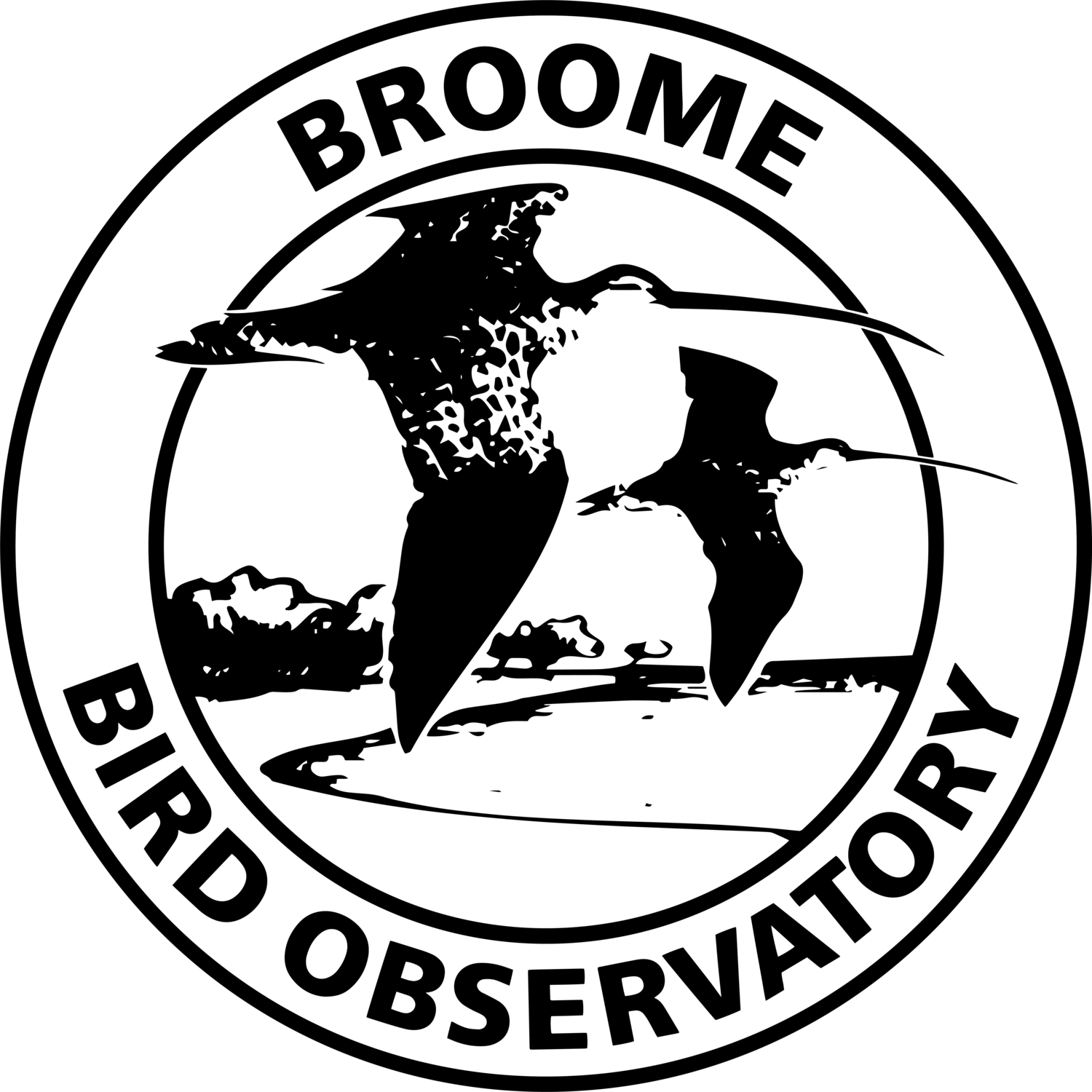See below for some of our recent and current research activities. If you are interested in undertaking research around the BBO, or using our facilities as a research base, we are always interested to hear from researchers and students. The BBO is not only unparalleled for its shorebirds, but provides access to a range of habitats where the ecology or behaviour of tropical birds can be studied. You can contact us here.
SHOREBIRD DISTURBANCE
At high tide, shorebirds in Roebuck Bay lose access to the mudflats where they feed, and roost on the beaches near the BBO. At this time they are vulnerable to disturbance from people and birds of prey. When disturbed, they use up valuable energy in alarm flights, so excessive disturbance is an issue of conservation concern.
We coordinated DBCA-funded projects on this topic in 2005, 2008 and 2019. We showed disturbance levels in the bay are high, especially in winter, and made management recommendations based on the results.
** The report for this project has now been published and can be found HERE.
bird log
Every night at the BBO, our Bird Log collects records on where birds have been seen in the region. If you’re staying at the BBO, join us at 6:30 and tell us what you’ve seen!
Bird Log results are compiled into annual reports by the BBO team, giving a picture of the status of Broome’s birds during that year. You can read some of these below.
SHOREBIRD MIGRATION
Every afternoon from March until May, we are stationed on the BBO Beach counting flocks of shorebirds and terns that depart overhead to start their amazing northward migrations. The data provide a long-term insight into migration timings of over 15 species. If you are staying during migration, come and join the watch: it is an incredible wildlife experience. You can learn more about the migration here.
A surprise finding in recent years has been apparent migratory behaviour in Pied Stilts. See link to paper.
Photo: Bruce Greatwich
NIGHT PARROT
In 2017, a team of Broome birders including BBO warden Nigel Jackett travelled to the Murchison and found the first conclusive evidence of wild Night Parrots in Western Australia for over a century. In so doing they documented a nesting record and previously unknown vocalisations of this near-mythical species. See link to paper.
SHOREBIRD COUNTS
Regular counts of shorebirds coordinated by BirdLife Australia play a critical role in monitoring their populations. In the north-west, the sheer number of shorebirds at Roebuck Bay and Eighty Mile Beach require highly coordinated efforts to count! Since 2005, BBO staff have been an important part of these counts, as part of the the AWSG’s Monitoring Yellow Sea Migrants in Australia project.
It is through counts like these that shorebird populations in our flyway have been recognised as declining and threatened in recent years.
GLOBAL FLYWAY NETWORK
We have a long association with Chris Hassell of Global Flyway Network Australia, and have assisted him catching shorebirds in Roebuck Bay for many years, contributing to a detailed demographic study of godwits and knots. Achievements include showing that shorebird survival in Australia is high, so population declines are likely to be driven by habitat loss elsewhere. See link to paper.
NW AUSTRALIA EXPEDITION
AWSG had been visiting Roebuck Bay on their annual expedition for seven years before establishing the BBO. We continue to host and facilitate this expedition every wet season (usually Feb-March). They’ve made significant achievements over the years, including using tracking devices to plot migration routes, and a long-running dataset that uses the proportion of juvenile birds caught to estimate breeding success in the previous season.
Results of this research are regularly published in Stilt.








